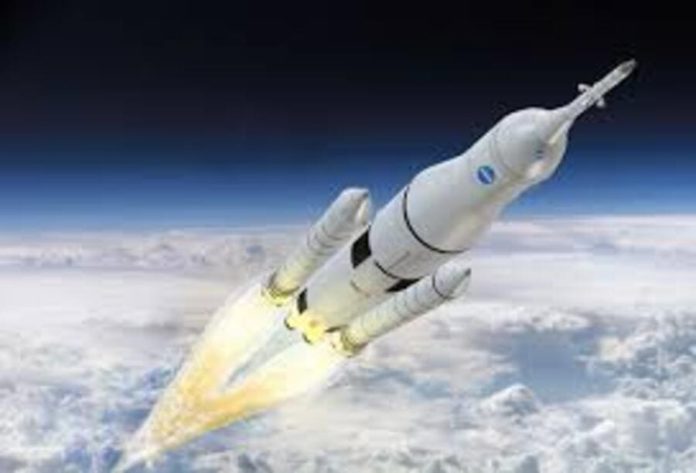Rocket launches are a testament to human ingenuity, blending complex science and cutting-edge technology. The Science Behind Rocket Launches: An In-Depth Look delves into the principles that enable these awe-inspiring events. From the physics of propulsion to the intricate engineering designs, this article explores every aspect that contributes to launching a rocket into space.
The physics of rocket propulsion
At the heart of rocket science is newton’s third law of motion: for every action, there is an equal and opposite reaction. This principle is fundamental to the science behind rocket launches. When fuel combusts in the rocket’s engine, it produces high-speed exhaust gases that are expelled downward, propelling the rocket upward.
Thrust is the force that moves the rocket through the air and into space. The science behind rocket launches: an in-depth look requires understanding how engines generate enough thrust to overcome Earth’s gravity. Rocket engines burn fuel to produce thrust, and the efficiency of this process is crucial for a successful launch.
Rocket design and engineering
Modern rockets are often multi-staged. Each stage has its own engines and fuel supply. The stages burn sequentially and are discarded once their fuel is depleted. This staging process is a critical aspect of the science behind rocket launches as it helps in reducing the weight of the rocket, making it more efficient.
First stage
The first stage provides the initial thrust to propel the rocket off the ground and through the densest part of the atmosphere.
Second stage
The second stage takes over after the first stage is jettisoned, carrying the rocket further into space.
Rockets must withstand extreme conditions such as high temperatures, intense pressure, and the vacuum of space. The materials used in rocket construction are therefore carefully selected. Lightweight yet strong materials like aluminum alloys, titanium, and carbon composites are commonly used.
Navigational systems
Guidance systems are critical for the precise navigation of rockets. These systems use a combination of gyroscopes, accelerometers, and GPS technology to ensure the rocket follows its intended path. The science behind rocket launches heavily relies on these sophisticated systems to avoid deviations that could lead to mission failure.
Telemetry involves the transmission of data from the rocket to ground control. This data includes information on the rocket’s position, speed, and system health. Real-time monitoring allows engineers to make crucial adjustments during the flight.
The importance of aerodynamics
Aerodynamics plays a significant role in the design of rockets. Streamlined shapes and smooth surfaces are essential in reducing drag.
Maintaining stability and control is crucial during a rocket’s ascent. Fins and gimbaled engines help in steering and stabilizing the rocket, ensuring it remains on course.
The Science Behind Rocket Launches: An In-Depth Look reveals the intricate blend of physics, engineering, and technology that makes space travel possible. From understanding the principles of propulsion to mastering aerodynamics and navigation, each aspect is vital to the success of a rocket launch. As we continue to explore the cosmos, the science behind these launches will remain a cornerstone of our journey into space.













